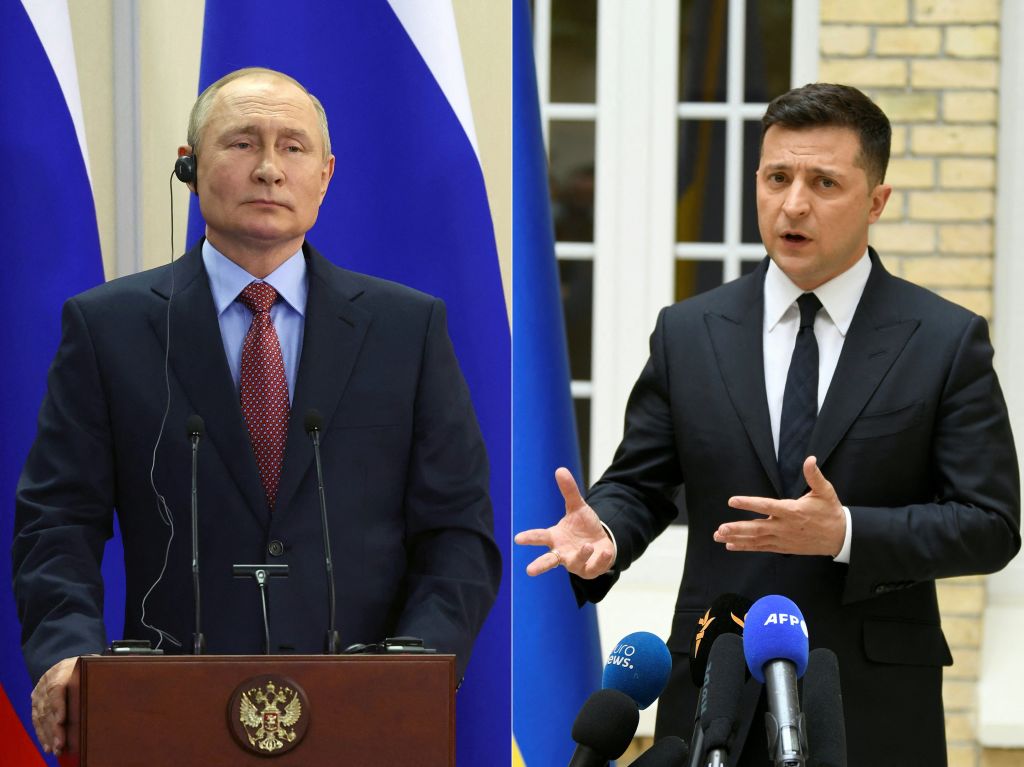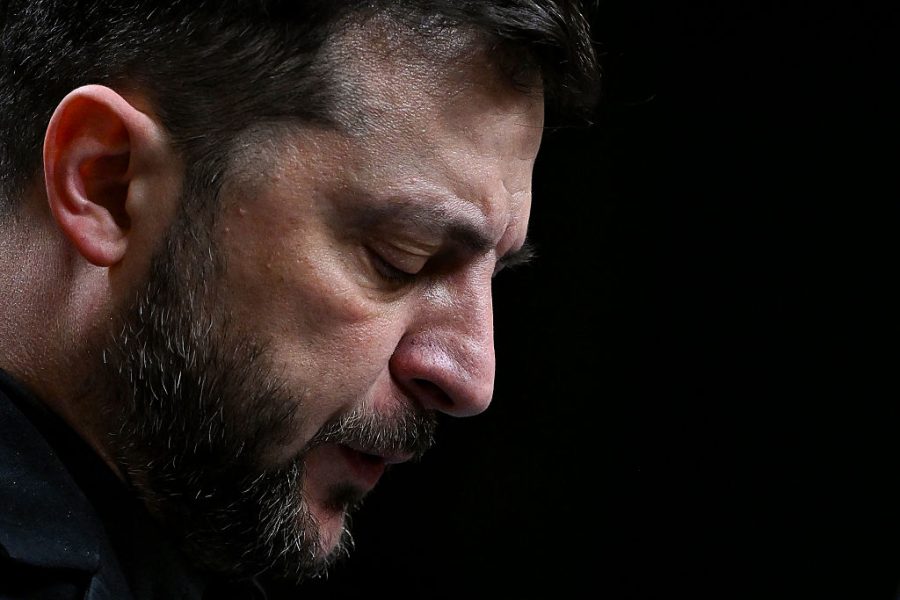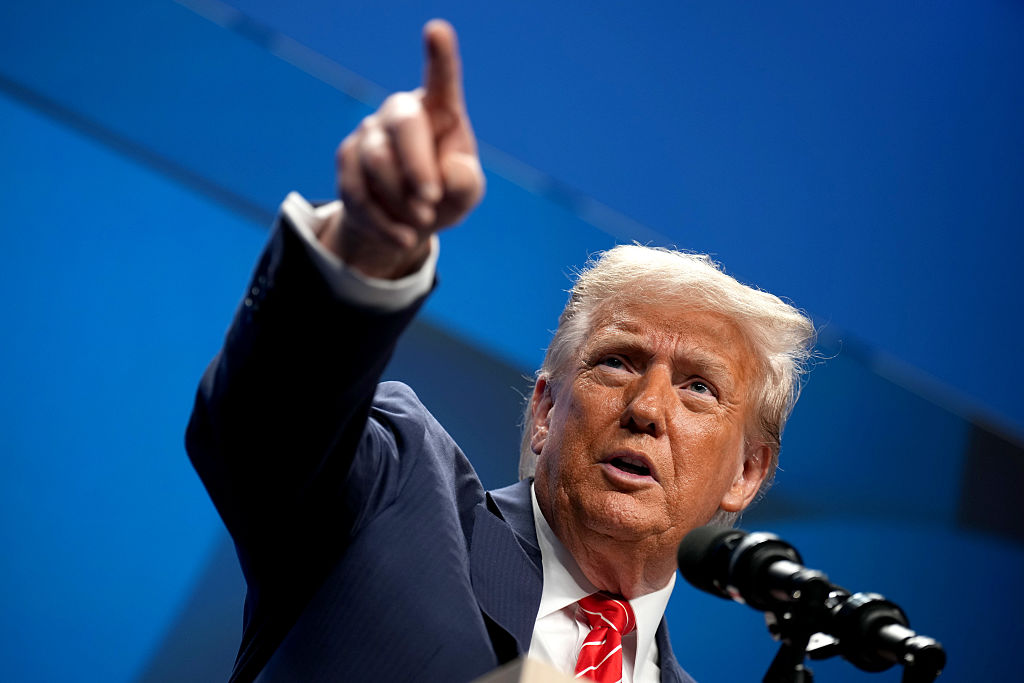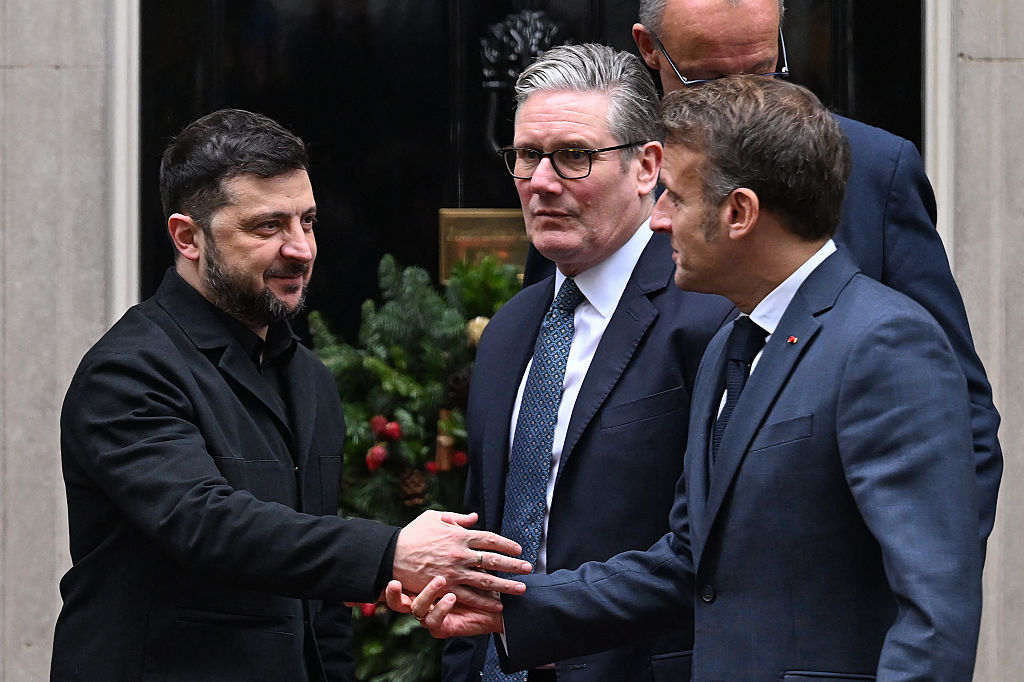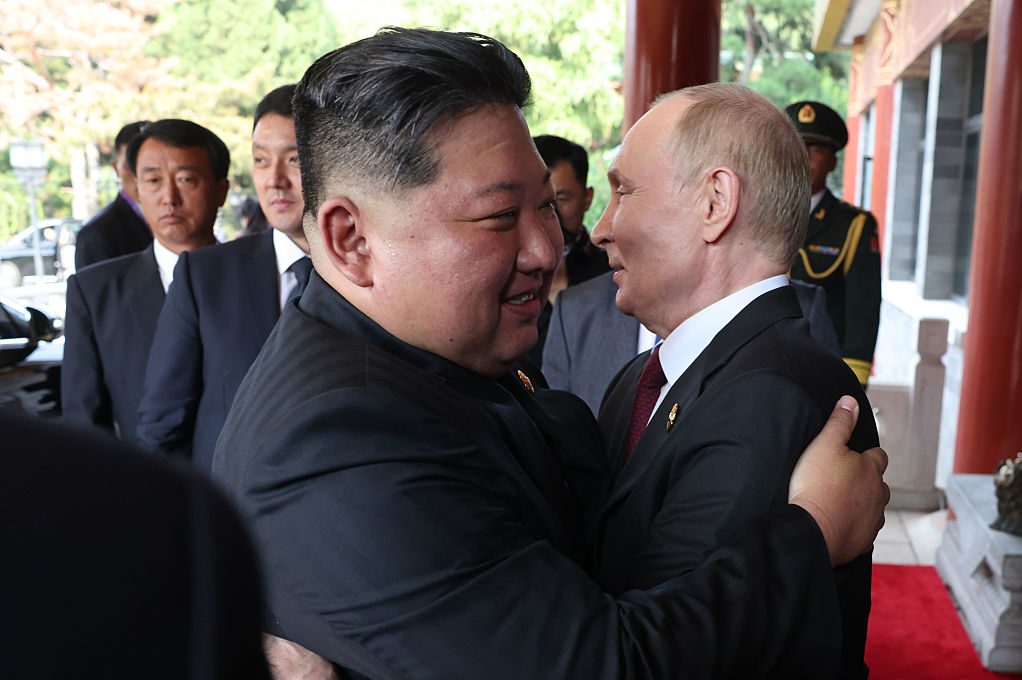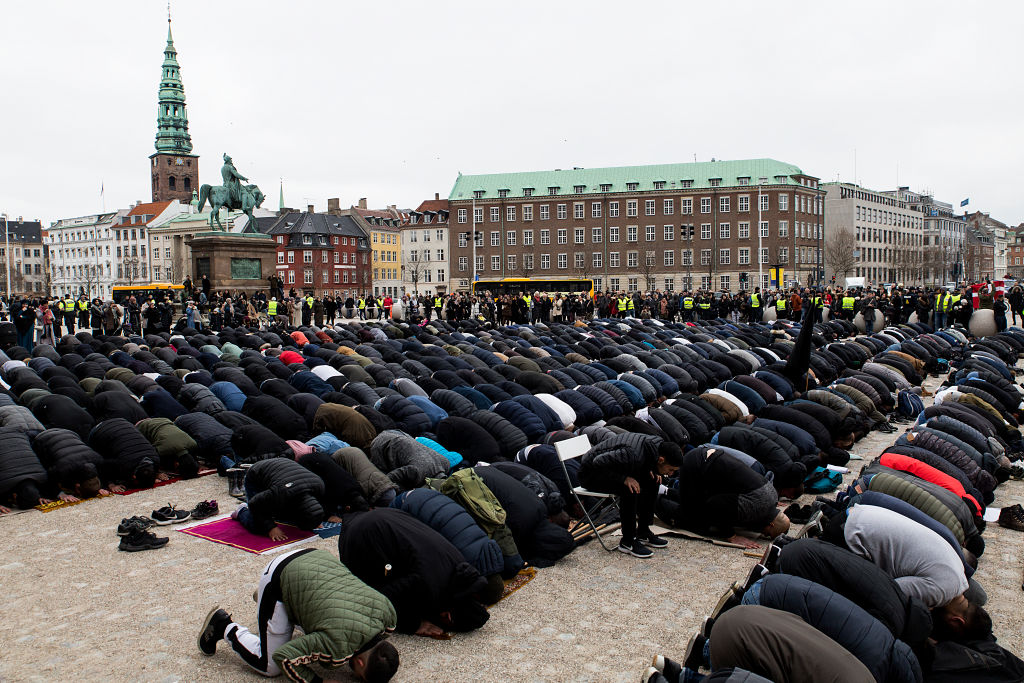Anybody who thought this week’s intense diplomacy between American, European, and Russian officials would magically resolve the ongoing crisis in Ukraine should lie down until the feeling passes. Crisis diplomacy isn’t a walk in the park; if anything, it’s a slow-moving car ride through rush-hour traffic, with plenty of speed bumps along the way.
On Monday, January 10, Washington and Moscow met for a round of discussions in Vienna to sound each other out and present their list of seemingly endless grievances. After eight hours of talks, both delegations left the room with, coincidently, similar assessments as to how it all went.
Deputy Secretary of State Wendy Sherman, a veteran negotiator, let it be known that Monday’s confab was the beginning what could be fruitful diplomacy, assuming the Russians were serious about resolving their disputes peacefully. In Sherman’s words, what occurred was a discussion, not a negotiation.
Russian Deputy Foreign Minister Sergei Ryabkov, who has sparred with the Americans many times in the past, was equally cryptic about the progress (or the lack thereof). While the discussions were “difficult, long, very professional,” he told the press, “the main questions are on hold, and we do not see the American side’s readiness to resolve them in a way that suits us.”
Those questions, unfortunately, go beyond the geopolitical status of Ukraine. Sure, Moscow continues to station approximately 100,000 forces near Ukraine’s border, is sending additional helicopters to the area, and is practically threatening another invasion if its terms aren’t met. But Ukraine is in many ways the big, flashy object the Russians are using to show their greater displeasure over how Europe’s political-security order has shaped up since the dissolution of the former Soviet Union. From Moscow’s perspective, today’s crisis is the culmination of NATO taking advantage of Russia’s vulnerability after the Cold War.
Russia remains insistent that the US has failed to uphold its word on keeping NATO out of Central and Eastern Europe. A considerable amount of scholarship has been published on this issue in recent years; some, like that of John Hopkins political science professor ME Sarotte, argues it was the way Washington implemented NATO expansion, not expansion itself, that contributed to deteriorating West-Russia relations.
The most important part of the story, however, is not how we got to this point, but rather how the parties involved intend to move forward. It won’t be simply because the US, NATO, and Russia are coming to these negotiations with seemingly irreconcilable positions. The US and NATO have rejected most of the proposals Moscow has tabled (and vice-versa). Russia wants a formal, written guarantee prohibiting NATO’s enlargement to Ukraine and Georgia. Washington immediately swatted down that demand as a violation of NATO’s own open-door policy. Russia demanded the withdrawal of NATO troops, weapons, and military infrastructure in countries that weren’t members of the alliance by 1997. The Biden administration has ruled this out as well, telling Moscow it doesn’t have veto power over where members can operate on NATO soil. Washington would like Russia to redeploy its forces back to barracks; the Kremlin’s response, in turn, is effectively “mind your own business.”
From the looks of it, we are in a standoff — one that will only be broken if all parties climb down from their moral grandstanding and begin to propose innovative solutions to the present crisis.
The low-hanging fruit includes some sort of agreement, written or otherwise, on mutual deescalation measures, including paring down large-scale Russian and NATO military exercises like bomber presence missions, which tend to aggravate the worst-case assumptions both sides already have of one another. Standing up the NATO-Russia Council (which has been in a coma since Moscow’s annexation of the Crimean Peninsula) or creating an alternative bilateral forum where NATO and Russian officials can table their grievances in a spirit of fairness and reciprocity would at least set up a framework where dialogue would be regularized. The White House has indicated interest in rethinking missile deployments in Europe, assuming, of course, that Russia is also willing to park its 9M729 cruise missiles in storage.
Ultimately, however, all of these initiatives are like putting a band-aid on a knife wound. Sure, it would stem the bleeding, but the wound would still be there.
Deconfliction measures are worth exploring if it helps minimize miscalculations or prevents them from snowballing into armed confrontation. But what Europe really needs is a new security order — one that at least takes some of Russia’s sensitivities into account (even if we find those sensitivities to be less than genuine). Such an effort should be less about giving Russia what it wants and more about coming to grasp with a reality that too few in Washington bother to admit: that more NATO enlargement to the east is likely to entail more costs than benefits both for the US and the alliance as a whole.
Those costs would include the inclusion of more states, like Ukraine and Georgia, that simply haven’t met the qualifications for membership, are in some degree of armed conflict with a nuclear superpower, have fractious domestic politics that NATO doesn’t need to be distracted with, and pile yet more security burdens onto Washington’s tired shoulders. All this for the sake of satisfying an open-door principle in NATO’s founding charter that frankly doesn’t serve the alliance well.
Many analysts in Washington will decry such a scheme as caving to Putin’s threats. “Caving,” however, is the wrong word, for it suggests the US is giving away something big. In this case, all the United States is doing is acknowledging what has been the case for a long time: the US and NATO are not going to risk a war with Russia to defend Ukraine.



